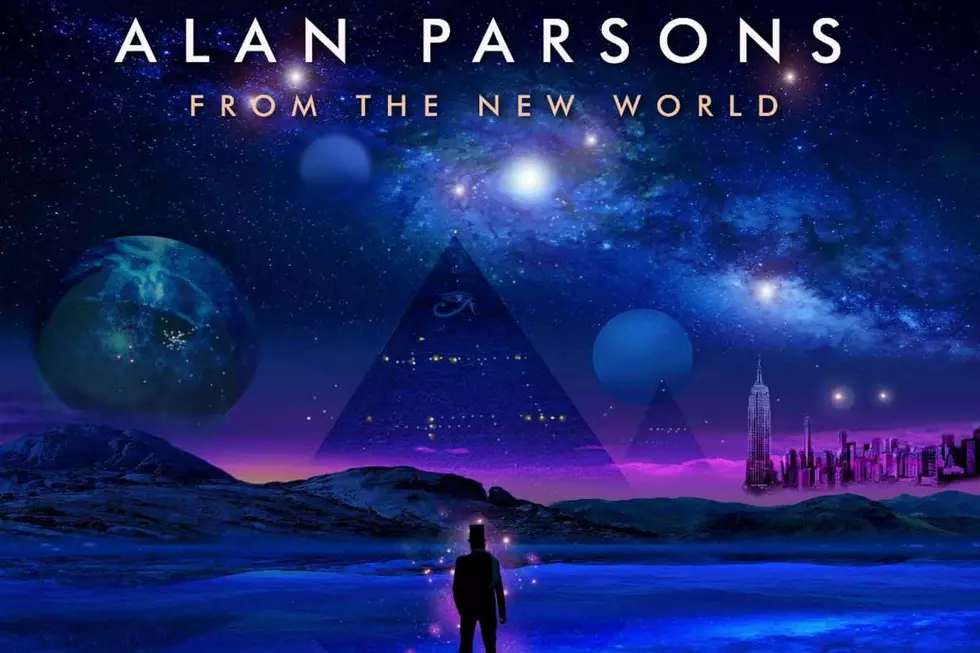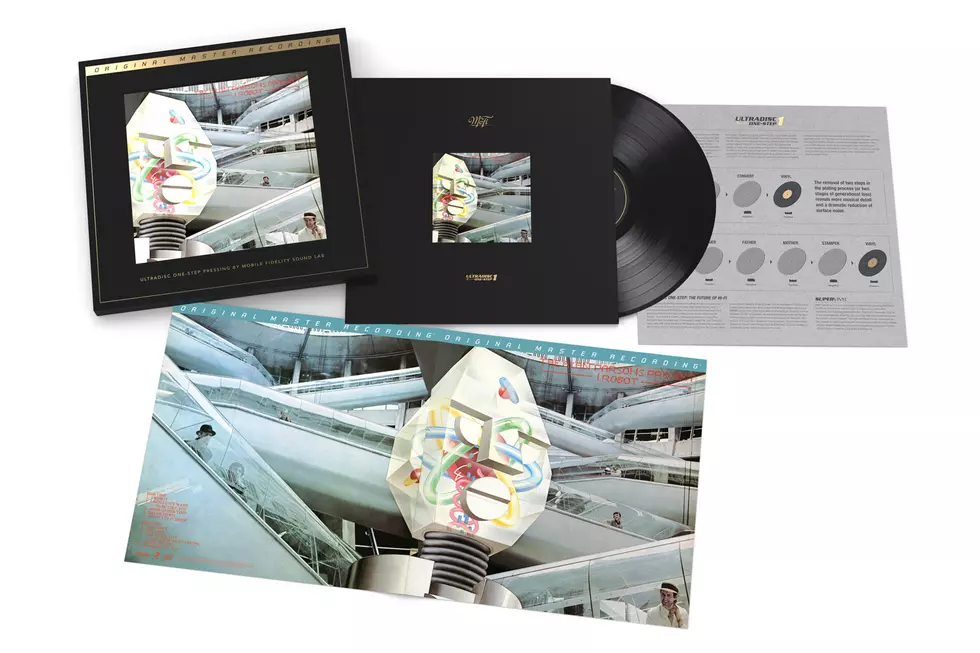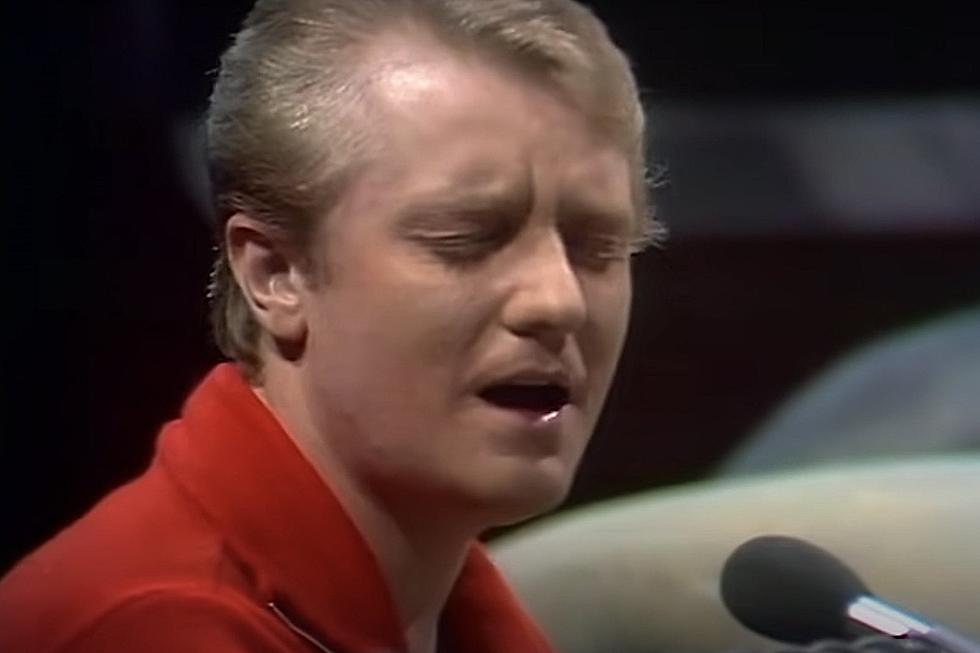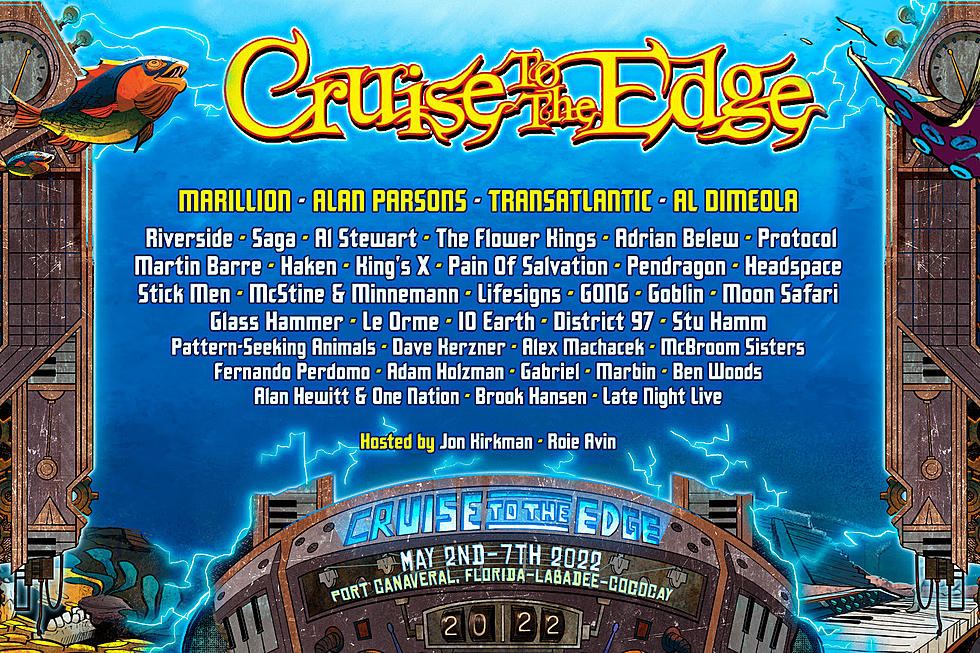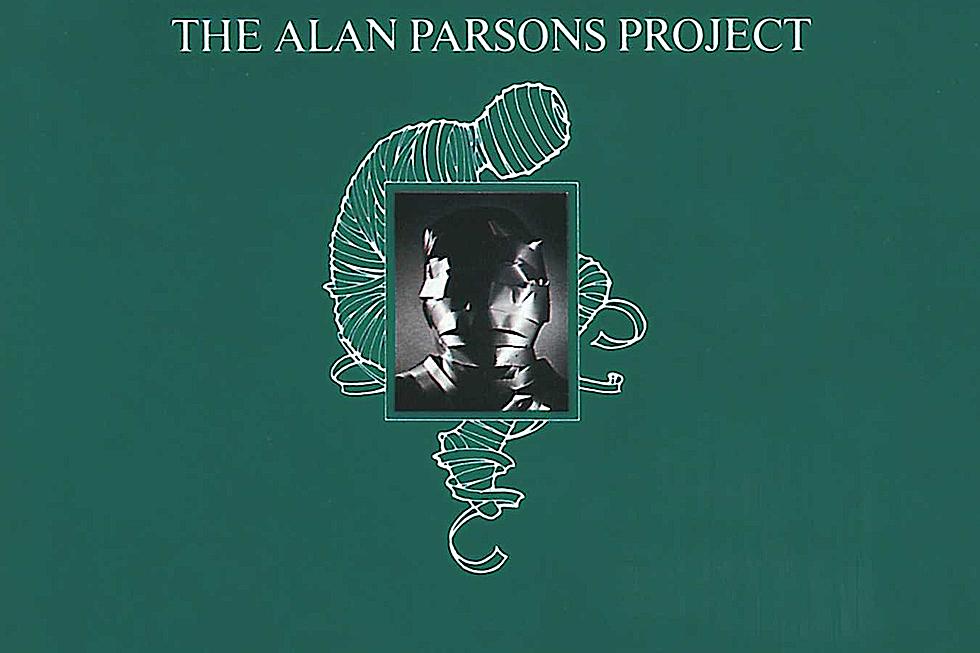
45 Years Ago: Alan Parsons Project Make Bold Start on ‘Tales of Mystery and Imagination’
Alan Parsons was mulling over the idea of starting his own group. All he needed was the right collaborator.
He'd find both, along with plenty of inspiration, while working as an assistant at Abbey Road Studios.
Parsons had actually been dispatched to London's Savile Row to assist with the final live performance by the Beatles during his first week on the job. He'd later serve as an assistant engineer on Abbey Road and then as a Grammy-nominated engineer on Pink Floyd's The Dark Side of the Moon. Along the way, Parsons met Eric Woolfson, a fellow studio guy and aspiring songwriter.
"Eric made the bold suggestion that he become my manager," Parsons told the Tallahassee Democrat in 2014. "I was arguably the first producer with a manager. But with his songwriting background, that didn't last long. We soon became partners."
Woolfson quickly developed a grandiose vision for the still-unnamed act, one based on auteur-like musicianship built around decidedly literary conceits.
"Alan and I looked to the film industry and saw that directors like Steven Spielberg and George Lucas had become the real stars of their movies," the late Woolfson told the Chicago Tribune in 1986. "We thought, 'Oh, records are going to go that way, too.' It was logical because record producers are the musical equivalent of those guys."
Pink Floyd's burgeoning success with widescreen album projects only bolstered their nascent dream. But after The Dark Side of the Moon's rocket ride to success, the band asked Parsons to record their follow-up. Forced to choose, Parsons decided to cast his lot with Woolfson.
Listen to the Alan Parsons Project's 'Doctor Tarr and Professor Fether'
Parsons took a shared passion for long-form ideas with him: "It was deliberate ploy to break the rules, to do what our instincts told us to do," Parsons told The Florida Times-Union in 2016. "It is all very well to have a four-minute hot-single playable commercial hit, but my musical tastes are a bit beyond that. I think our audience wanted that to dim the lights and play an album from start to finish."
Meanwhile, Woolfson had become fascinated with the macabre writings of Edgar Allan Poe as a child. That inspiration helped their ambitions take shape on a project that would emerge on May 1, 1976, as the band's Poe-themed debut Tales of Mystery and Imagination. "It was Eric's idea [to focus on Poe],” Parsons told the Democrat. "I liked short stories. I never had the patience to read a book."
As they dove into the sessions, however, Woolfson became stricken with worry. "I remember being petrified that Pink Floyd would get hold of the idea," he said in 2010's Mountains Come Out of the Sky: The Illustrated History of Prog Rock. "We called everything by fake song titles, so that nobody would know what the real subject matter was."
Parsons and Woolfson quietly completed their songs, while casting a rotating group of musicians – in the fashion of a big-budget film – to bring Tales of Mystery and Imagination to life. Many of them were members of Pilot and Ambrosia, with whom Parsons had worked with as a producer.
"At the beginning, when I just had Pilot in the studio for their first album, it seemed like a good choice to get players who played together all the time, and that I knew," Parsons told New Jersey Stage in 2015. "I knew the guys well, knew their strengths and limitations, and so on."
Recording at Kingsway Hall in London provided a sumptuous setting, but also presented its own unique urban challenges. Feeling their creative oats, the group didn't just tolerate the resulting ambient noises: They incorporated them into Tales of Mystery and Imagination.
"The underground trains, when they'd pass, would give you a terrible rumble – which sometimes necessitated a retake," Woolfson said in Mountains Come Out of the Sky. "We were in the middle of recording a section of 'The Fall of the House of Usher,' and in comes this fantastic rumble. That sound was mixed in as a subsonic effect. We couldn't have picked a better place to record."
Listen to the Alan Parsons Project's 'The Raven'
All that remained was to decide on a moniker for the group. Tapes from the sessions, and their supporting documents, were anecdotally marked "Alan Parsons Project." Suddenly, they had a name. Parsons, who never thought of himself as a band leader, hated it from the first.
"I never professed to be anything more than just a strummer, really. I've always said I've made records for years without picking up an instrument," Parsons told the Deseret News in 1996. "The marketing people, to my disdain, said the album needed an identity and I was chosen. Thus, the Alan Parsons Project."
Nevertheless, the band was on its way: Tales of Mystery and Imagination became a Top 40 hit in the U.S. and went silver in their native U.K. Their follow-up, 1977's Isaac Asimov-inspired I Robot shot to No. 9 on the Billboard chart, the first of five Top 20 hit LPs for the Alan Parsons Project. Three of their subsequent albums went platinum or multiplatinum, too.
Parsons said he ultimately had Poe, Pink Floyd and, most of all, Woolfson to thank.
"I would have to say that the initial success of the Alan Parsons Project's first album was a milestone for me," Parsons told Mike Dow in 2016. "We set out to make our own Dark Side of the Moon, if you like. Eric Woolfson, who sadly passed away in 2009, had a vision to make a concept album based on the work of Edgar Allan Poe, and it turned out to be a really good choice for a concept album.
"Concept albums have become a little unfashionable in modern times," Parsons added, "but back then it was the absolute flavor of the month to do such a thing. To have my name on an album that I produced, in bold type, as the artist, was my crowning glory."
The Best Albums From More Than 100 Classic Rock Acts
More From Ultimate Classic Rock

